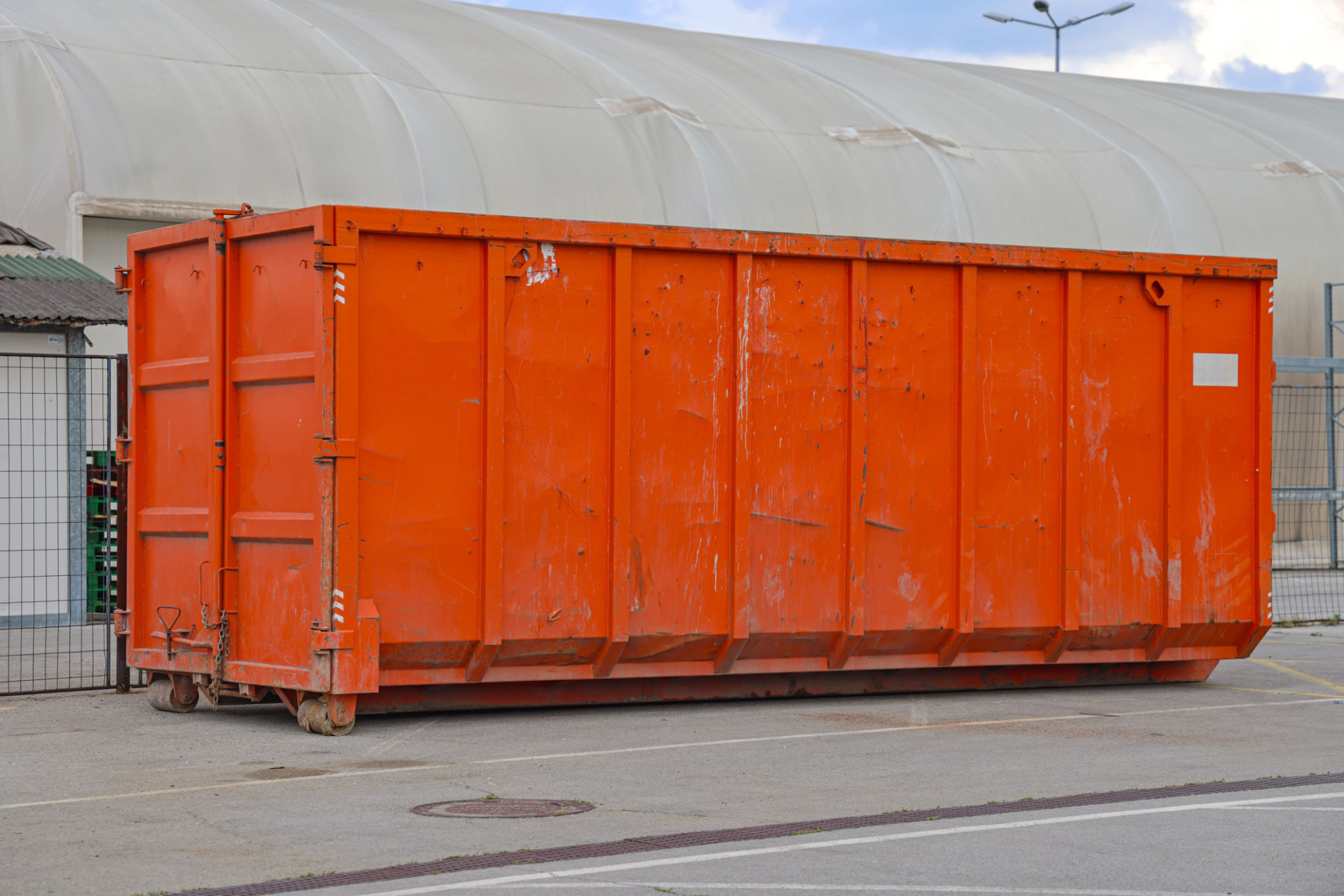How to Optimize Your Waste Disposal with Roll Off Dumpsters
Understanding Roll Off Dumpsters
Roll off dumpsters are a versatile waste disposal solution, catering to a broad range of needs from home renovations to large-scale construction projects. These sturdy, rectangular containers are delivered to your location and rolled off the back of a truck, making them incredibly convenient. Understanding how to optimize your waste disposal with roll off dumpsters can lead to significant savings in time and money.

Choose the Right Size
One of the first steps in optimizing your waste disposal is selecting the appropriate dumpster size. Roll off dumpsters come in various sizes, typically ranging from 10 to 40 cubic yards. Choosing the right size depends on the scope of your project. For example, a small home cleanout might only require a 10-yard dumpster, while larger construction sites may need a 30 or 40-yard container. Selecting the correct size ensures that you aren’t overpaying for unused space or needing multiple trips for disposal.
Strategic Placement
Where you place your roll off dumpster can significantly impact the efficiency of your waste disposal process. Ideally, the dumpster should be positioned close to the work area to minimize the distance for carrying debris. Ensure that the location is accessible for the delivery truck and that it doesn’t obstruct pathways or violate local regulations. Proper placement saves time and reduces labor costs by streamlining the waste disposal process.

Effective Waste Segregation
Implementing effective waste segregation practices can enhance the efficiency of using roll off dumpsters. By categorizing materials such as metals, plastics, and general waste, you can facilitate recycling efforts and potentially reduce disposal costs. Many waste management companies offer recycling services that can help you comply with environmental regulations and promote sustainability.
Load Evenly and Efficiently
Loading your dumpster evenly not only maximizes space but also ensures safety during transport. Distribute weight evenly throughout the container to prevent tipping. Additionally, breaking down large items and compacting waste can help you fit more into the dumpster, reducing the need for additional disposals. Efficient loading practices can lead to fewer pickups and lower costs.

Understand Regulations and Restrictions
Before renting a roll off dumpster, it’s crucial to be aware of local regulations and restrictions. Some items, such as hazardous materials, electronics, or tires, may not be allowed in dumpsters due to environmental regulations. Understanding these restrictions will help you avoid fines and ensure compliance with local laws. Always consult with your waste management provider for guidance on acceptable materials.
Schedule Timely Pickups
Scheduling timely pickups is another key factor in optimizing your waste disposal process. Having a clear plan for when the dumpster will be filled and ready for pickup ensures that your project runs smoothly without unnecessary delays. Communicate with your dumpster rental company to set up convenient pickup times that align with your project timeline.
In conclusion, optimizing your waste disposal with roll off dumpsters involves careful planning and execution. By choosing the right size, strategically placing the dumpster, practicing effective waste segregation, loading efficiently, understanding regulations, and scheduling timely pickups, you can make your waste management process more efficient and cost-effective.
